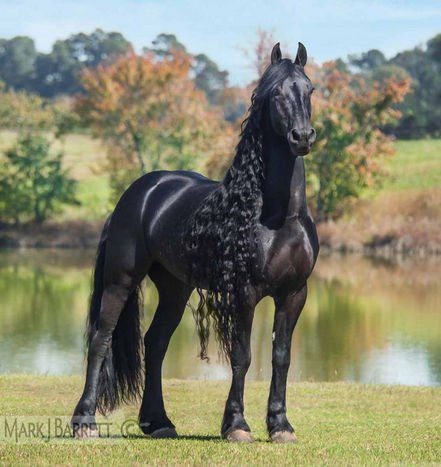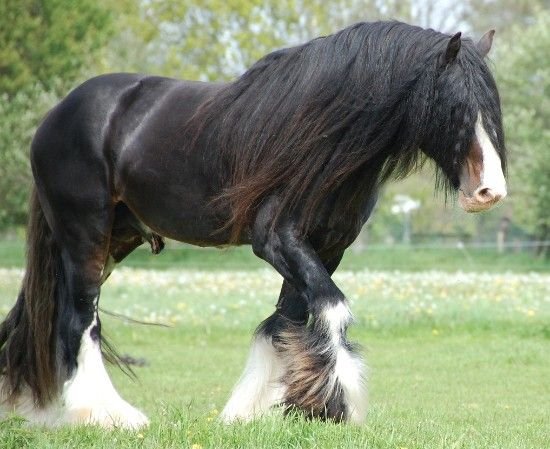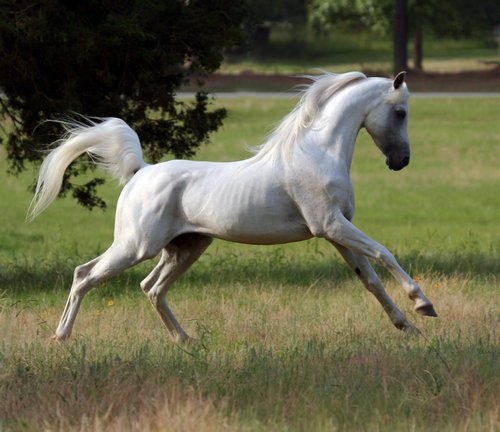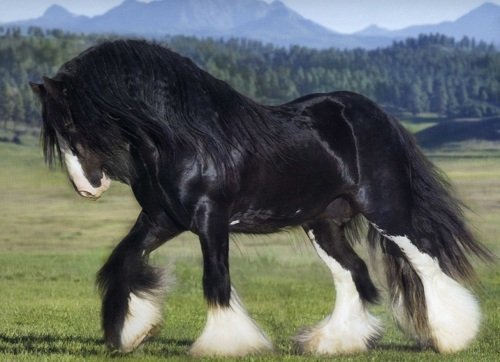Equines. The gentle, yet powerful horse. Read about why you should honor them.

They've been our staunch companions since the beginning of recorded history, often far more valuable than other domesticated beasts due to their myriad uses. They are, much like us, beings of strange dichotomy; Strong and gentle, massive and graceful, confident and meek.
You'll find no shortage of great men exalting the many virtues of the equine race. For example, this quote, attributed to a range of people such as Winston Churchill and Ronald Regan, neatly illustrates one of the key reasons you'll often see them in art books of all sorts, in particular those meant for students learning the craft: "There is something about the outside of a horse that is good for the inside of a man."
Indeed, many often marvel at how such large creatures can be so graceful, beautiful and even, in more modern vernacular, cute. Even the most massively muscled draft breeds, such as the Shire and the Schwarzwälder Kaltblut don't seem any less striking despite bulging sinews and sizable hooves. If anything, they are all the more endearing for it, as the size of the horse often directly correlates with calmness of demeanor. They are the archetypal gentle giants.

Of course, at the other end of the spectrum are the lithe and fast breeds, most famous (and, arguably, most beautiful) being the Arabian. So popular are the characteristics of this breed that almost all domesticated horses have a bit of Arabian blood in them. In fact, many of the warhorses knights rode upon in medieval times were crossbreeds of draft horses native to Europe and horses brought form the mysterious Orient, bought for exorbitant sums or taken by right of the sword.
Echoes of this glorious and blood-soaked past can be seen in, for example, the ebon-coated Frisian. A perfect melding of the fiery east and frigid north, a lean but well-muscled body topped by a handsome head and a mane that puts goddesses to shame. Exactly the sort of thing you'd find on the cover of a romance novel, hah!
Let us not dwell entirely within the realm of reality, however. Indeed, some of the most impressive equines are to be found in myth and legend.
Sleipnir, the eight-legged grey stallion, son of Loki and the steed of Odin, who can ride you to Hel and back forever stands as testament to the fact that even the cavalry-averse Vikings had respect for a good horse.

The poet's winged steed Pegasus is a similar story, having being birthed from the decapitated corpse of the Gorgon Medusa and serving Zeus as deliverer of lightning and thunder. All the grace and beauty of both horse and swan combined unsurprisingly makes him a source of great inspiration for the artists of the world.
What of the hippogryph, then? A product of the union of bitter enemies, the gryphon and the mare, it represents love's unrelenting conquest of any obstacle. After all, if even creatures who have nothing but hate for each other can put aside their differences and embrace one another, why couldn't we?
And who could forget the mysterious Unicorn? They have been with us, in one form or another, since the very dawn of civilization and we continued to believe in them long after dragons and gryphons were relegated to the realm of fairytales. You can thank the Danish crown for that, as they sold narwhal tusks as alicorn which no doubt fueled wild tales for centuries to come. Even today, there are those who dare to believe, if for no other reason than to believe there still is something good and beautiful in the world.

There is, indeed, and one can find it by turning their gaze to the pasture.
